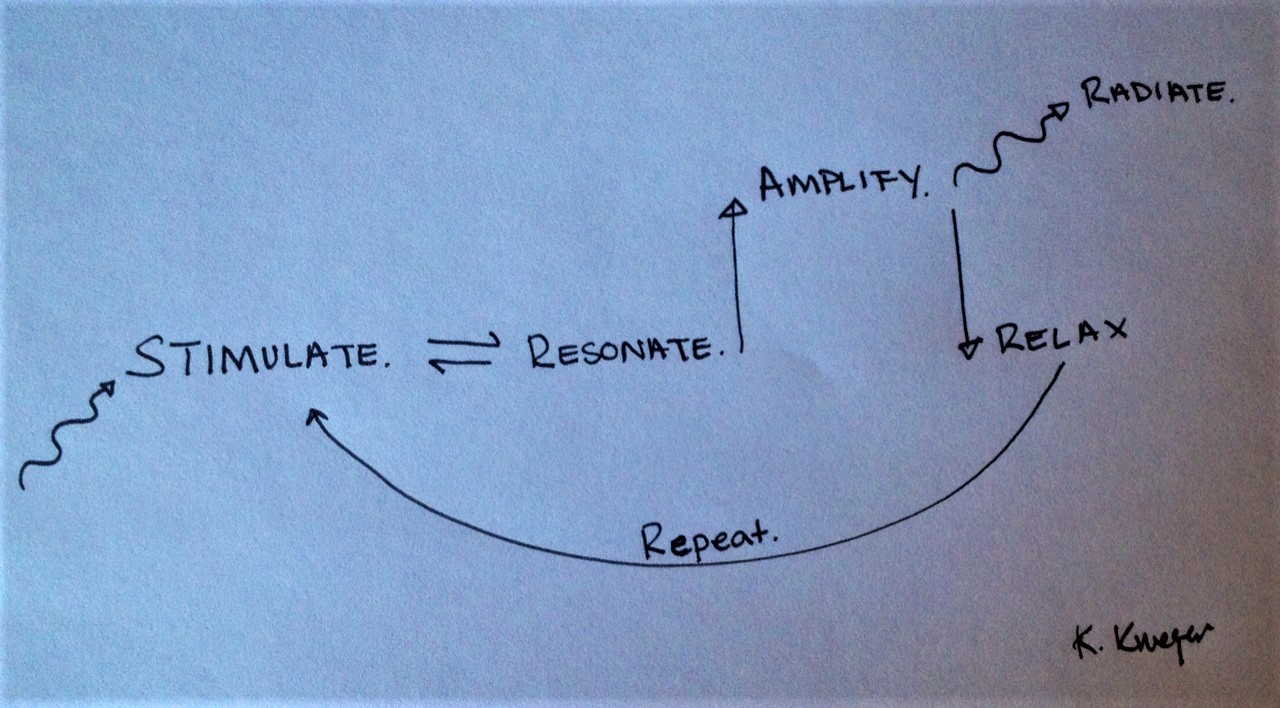
Relatability: connecting abstract ideas to concrete examples
Create a list of the most important key concepts (as abstract as they may be). Then, break them down to the most ubiquitous/relatable concepts that you can connect these more abstract ideas to.
Ex. Teaching about Arduino based air quality sensors (technical)
What are the scientific components & key language:
Sensors – Signals – Data/ Information
We used the analog of our own bodies in comparison to the arduino sensors
Our Bodies
| Concept | Our Bodies | The Arduino | Activity |
| Sensors | Our 5 senses: can detect light, texture, temperature, humidity, sound, chemical receptors for taste & smell | Optical & electrochemical sensors to detect PM 2.5, Carbon Dioxide, pressure, temperature & humidity | -Sensing meditations: focus on sounds/smells in the room |
| Signals | Electrical and chemical between our receptors and neurons | Electrical from sensors to the microcontroller (explain data & clock channels) | -Play a game of telephone or hand pulse |
| Data/information | Brain process signals/data into information based on prior experience (programming) | Microcontroller process signals/data into information based on the code (programming) | -Guess/Sense what temperature it is?-Can you sense/ guess which direction is north? |
Starting from here, you can decide how far you want to get into more complex ideas
Remind yourself of your goal: Example: “My main goal is for students to analytically and intuitively understand sensing and data”.
- For each of these concepts you can spend some time doing pop-corn word association to see what definitions the students already have
- Then you can move into a short game or activity to get the idea more embodied
- Finish up by letting to students work on more technical problems or computations
Example on using a pattern/model/archetype as container for a class:
The laser as an archetype for a class
Stages of a laser:
- calibration (Tuning into class vibe and focus)
- stimulation (Introducing new ideas)
- amplification (Activity or exercise)
- emission (sharing ideas)
- relaxation/come down (reflection and closing)
→ following this pattern, every class is a potential ceremony/ritual/process of transformation that is taken on by a group of individuals to discover something new about the world around or within them and by the end of it, being transformed through the collective journey.









